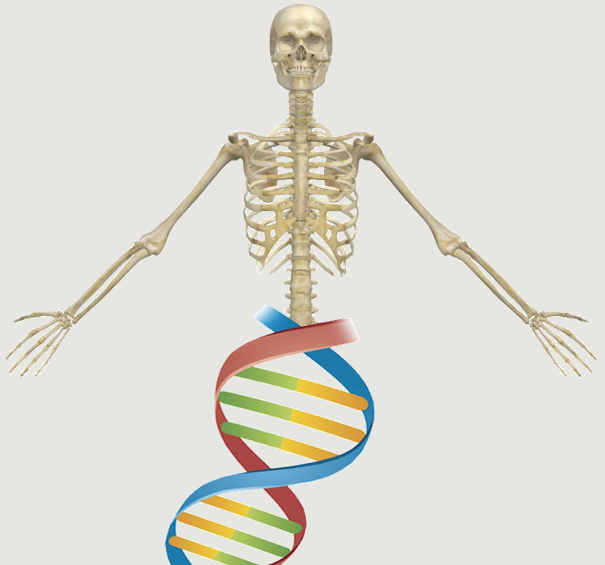Abstract:
The experimental work characterizing the anabolic effect of parathyroid hormone (PTH) in bone has been performed in nonmurine ovariectomized (OVX) animals, mainly rats. A major drawback of these animal models is their inaccessibility to genetic manipulations such as gene knockout and overexpression. Therefore, this study on PTH anabolic activity was carried out in OVX mice that can be manipulated genetically in future studies. Adult Swiss-Webster mice were OVX, and after the fifth postoperative week were treated intermittently with human PTH(1-34) [hPTH(1-34)] or vehicle for 4 weeks. Femoral bones were evaluated by microcomputed tomography (microCT) followed by histomorphometry. A tight correlation was observed between trabecular density (BV/TV) determinations made by both methods. The BV/TV showed >60% loss in the distal metaphysis in 5-week and 9-week post-OVX, non-PTH-treated animals. PTH induced a approximately 35% recovery of this loss and a approximately 40% reversal of the associated decreases in trabecular number (Tb.N) and connectivity. PTH also caused a shift from single to double calcein-labeled trabecular surfaces, a significant enhancement in the mineralizing perimeter and a respective 2- and 3-fold stimulation of the mineral appositional rate (MAR) and bone formation rate (BFR). Diaphyseal endosteal cortical MAR and thickness also were increased with a high correlation between these parameters. These data show that OVX osteoporotic mice respond to PTH by increased osteoblast activity and the consequent restoration of trabecular network. The Swiss-Webster mouse model will be useful in future studies investigating molecular mechanisms involved in the pathogenesis and treatment of osteoporosis, including the mechanisms of action of known and future bone antiresorptive and anabolic agents.
Notes:
Alexander, J M Bab, I Fish, S Muller, R Uchiyama, T Gronowicz, G Nahounou, M Zhao, Q White, D W Chorev, M Gazit, D Rosenblatt, M eng R01 DK47940/DK/NIDDK NIH HHS/ Research Support, Non-U.S. Gov't Research Support, U.S. Gov't, P.H.S. 2001/09/08 10:00 J Bone Miner Res. 2001 Sep;16(9):1665-73.
Website

